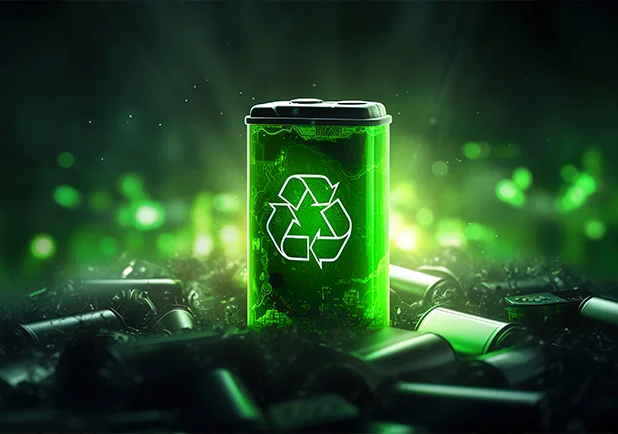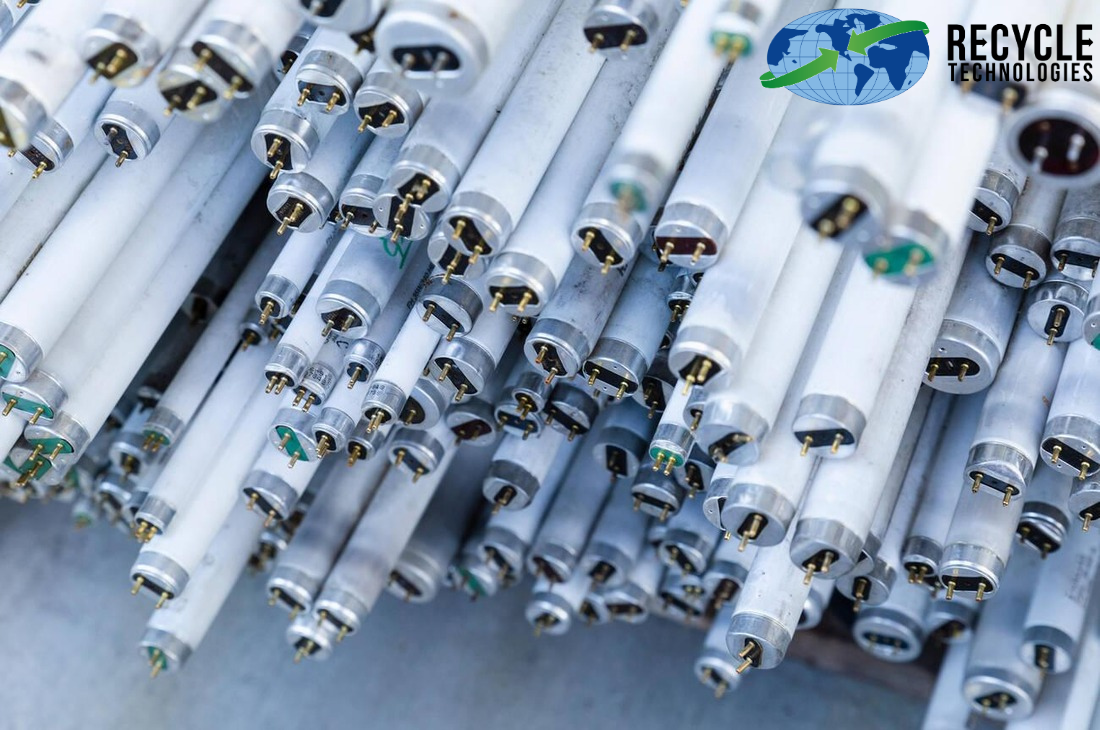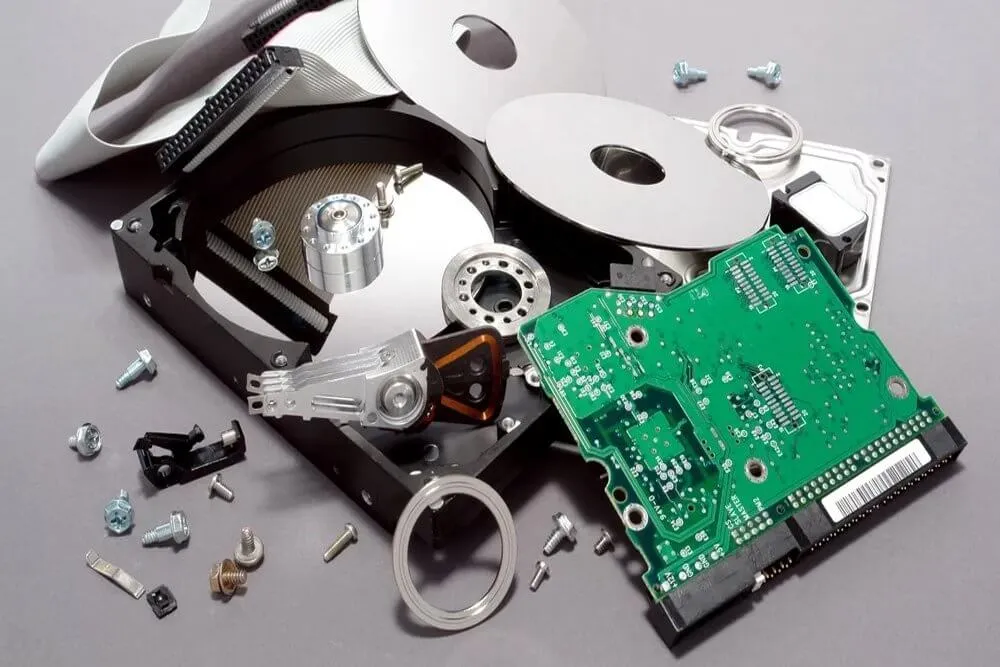Recycling! Recycling! Recycling plays a crucial role in mitigating the environmental impacts of waste. However, like any other system, it has its own set of drawbacks. In the context of electronic waste (e-waste), recycling presents unique challenges due to the complex composition of electronic devices and the toxic materials they contain. This article aims to delve into the disadvantages of recycling, particularly focusing on e-waste recycling.
What is E-Waste?
Before we get into the disadvantages of recycling e-waste, it's crucial to understand what e-waste is. Electronic waste, or e-waste, refers to discarded electronic or electrical equipment. This includes obsolete or broken devices such as computers, TVs, mobile phones, printers, and home appliances. While these devices offer numerous benefits during their operational lives, they can pose significant environmental and health hazards if not disposed of correctly.
Also Read: Recycling Advantages and Disadvantages
The Global E-Waste Crisis
The rapid advancement of technology and the consequent shortening of the lifecycle of electronic devices have led to an exponential increase in e-waste globally. The U.S. alone generates millions of tons of e-waste annually, with the majority ending up in landfills or incinerators.
E-waste is not only an environmental issue but also an economic one. E-waste contains valuable materials such as gold, silver, copper, and rare earth metals. However, only a small fraction of these materials are currently being recovered through recycling.
Disadvantages of Recycling E-Waste
While recycling e-waste has its benefits, it's important to understand the potential disadvantages of recycling this specific type of waste. The challenges are multifaceted, involving technical, economic, regulatory, and social aspects.
1. Complex and Costly Recycling Process
One of the primary disadvantages of recycling e-waste is the complexity of the process. Electronic devices are composed of various types of materials, including metals, plastics, and glass. These materials need to be separated and processed separately, which is a complex and costly process.
The recycling process often involves manual disassembly, shredding, magnetic separation, and water separation. Each step requires specialized equipment and skilled workers, adding to the overall expense of recycling operations.
The cost factor is a significant deterrent for many municipalities and organizations considering establishing recycling programs. In many cases, it's cheaper to dispose of e-waste in landfills than to recycle it.
2. Risk of Contamination and Inefficiency
The recycling process can also lead to contamination. When non-recyclable items are mistakenly included in the recycling process, they can compromise the quality of the recycled materials. Contaminants such as food waste, chemicals, or faulty materials can contaminate recyclables and render them unsuitable for reuse.
Moreover, not all materials in electronic devices are recyclable. Some plastics and other materials are challenging to recycle efficiently, limiting the overall recycling potential. As a result, a significant portion of e-waste still ends up in landfills or incinerators.
3. Environmental Impact
While recycling e-waste reduces the need for landfill space and the extraction of new raw materials, it's not without its environmental impact. The recycling process itself requires energy and can generate pollutants.
For instance, shredding e-waste can produce dust particles that contribute to air pollution. Similarly, the use of water in the recycling process can lead to wastewater that needs to be treated before it's released into the environment.
4. Health Risks for Workers
The recycling of e-waste can pose health risks for workers involved in the process. E-waste often contains hazardous substances such as lead, mercury, and cadmium. Workers who are exposed to these substances without adequate protective measures can face serious health risks.
Long-term exposure to these hazardous substances can lead to various health problems, including neurological damage, kidney disease, and cancer. Therefore, ensuring the safety of workers in e-waste recycling facilities is a significant challenge.
5. Lack of Standardized Regulations and Infrastructure
The lack of standardized regulations and infrastructure for e-waste recycling is another key disadvantage. Different regions have different rules regarding what can and cannot be recycled, leading to confusion and inefficiency.
In addition, many regions lack the necessary infrastructure for e-waste recycling. This lack of infrastructure can make it inconvenient for people to recycle, leading to lower participation rates and increased reliance on landfill disposal.
Summing Up
While recycling e-waste is crucial for mitigating the environmental and health impacts of electronic devices, it's clear that the process is not without its challenges. The disadvantages of recycling e-waste highlight the need for more research, improved recycling technologies, and stricter regulations.
However, it's important to remember that the drawbacks of e-waste recycling do not negate its benefits. The recycling of e-waste is still a vital part of sustainable waste management. As technology continues to evolve, it's crucial to continue exploring more efficient and effective methods of recycling e-waste.
By understanding the disadvantages of recycling, we can develop solutions that not only mitigate these challenges but also enhance the overall effectiveness of e-waste recycling efforts. This way, we can ensure that the benefits of e-waste recycling far outweigh its disadvantages, paving the way for a more sustainable future.












